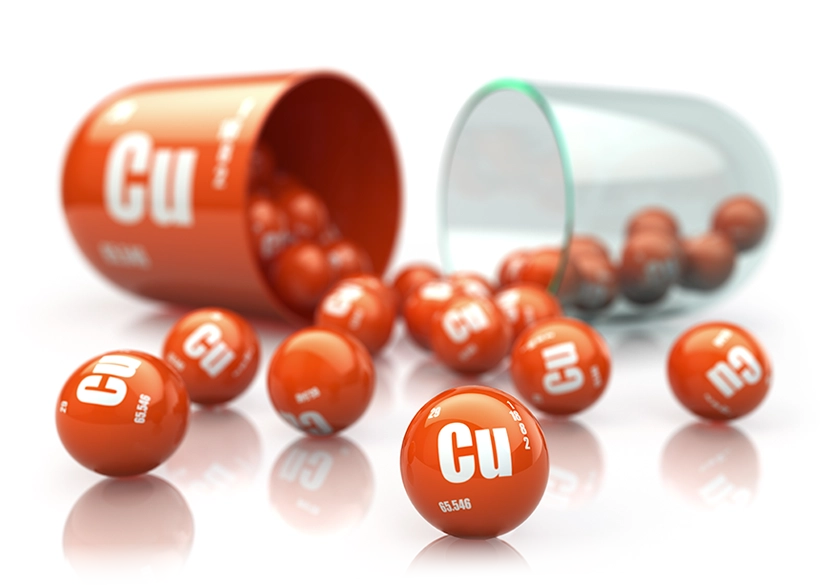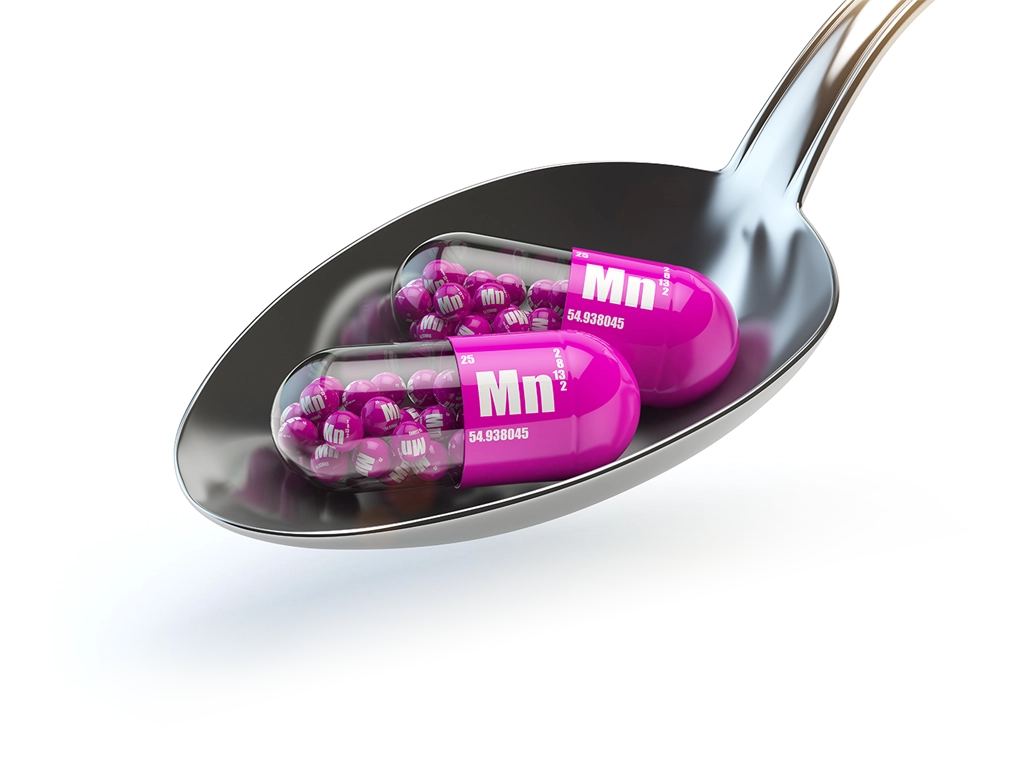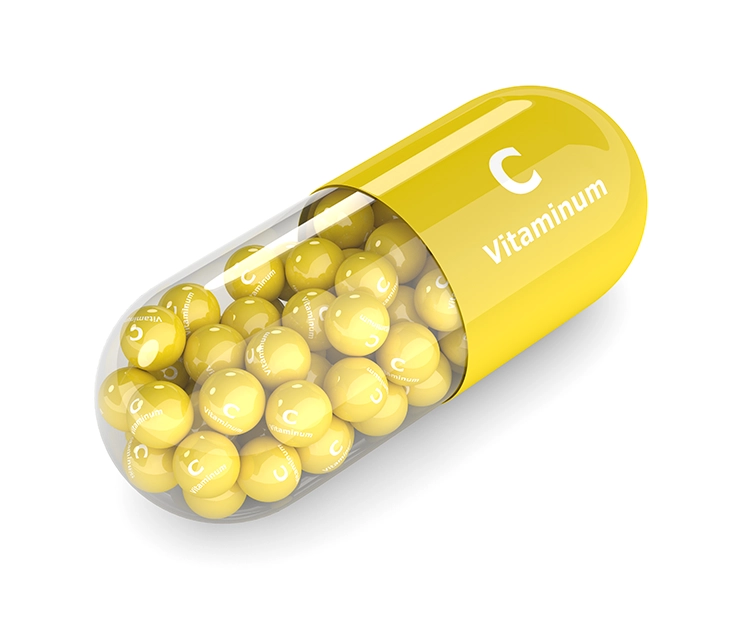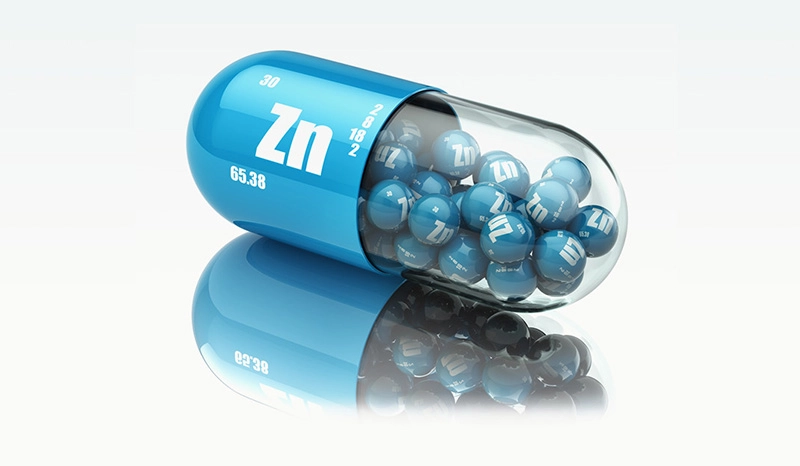
Töretlen
lendülettel
A Novosseum™ étrend-kiegészítő tabletta tudományos alapossággal megtervezett, prémium mínőségű formula.
A csont élő szövet,
támogatásra szorulhat!
A csontjaink minősége és mennyisége pontos tükörképe, életmódunk, táplálkozási szokásaink, káros szenvedélyeink és hormonális állapotunk összességének!
Tudatosan felépített
hatóanyag szinergizmus
A Novosseum™ hatásai az organikus kálcium és magnézium, a D3, K2 és C-vitamin, a szója izoflavonok, a kovaföld és mikroelemek szinergizmusa révén érvényesülek.


A klinikus orvos szemüvegén
át terveztük a biztonságos és
folyamatos alkalmazhatóságért.
Novosseum™ adagolásáról >

A megfelelő minőségű kalciumbevitel
elengedhetetlenül fontos a csontanyagcsere
egyensúlyának fenntartásához1.
Tudjon meg többet >
Összetevők
a továbbiakban részletes információkat olvashat a Novosseum™ összetevőiről:

Aquamin TG
Organikus forrású, vörös alga kálcium
Az Aquamin TG® egy vörös algából (Lithothamnion calcareum) nyert, növényi eredetű szerves ásványforrás. Az Aquamin TG® -ben legnagyobb mennyiségben kalcium található. A kalcium mellett mintegy 72-féle makro- és mikroelem természetes kombinációját kínálja. Ez a rendkívül komplex összetétel teszi egyedülállóvá az Aquamin TG® -t a kalciumpótló termékek palettáján.
A kalcium az emberi szervezet tömegének a 1,5-2 %-át adja, és a kalcium több mint 99 %-a csontokban található. Amennyiben nem megfelelő a szervezet kalcium ellátottsága, csontritkulás alakulhat ki. A csontritkulás (osteoporosis) valamint a csont- és ízületi gyulladás gyakori betegségek Európa-szerte.
A kalcium szerepe persze sokkal összetetebb mintsem csak a csontok képzésében és anyagcseréjében venne részt, hiszen hozzájárul a normál izomműködéshez, a sejtek energiatermelő anyagcsere-folyamataiban, a sejtosztódási folyamatokban és a sejtek specializációjában. Ezeken kívül részt vesz a normál véralvadási folyamatokban, a normál ingerületátvitelben, és hozzájárul az emésztőenzimek normál működéséhez.EFSA
Aquamin MG TG
Organikus forrású magnézium
A tengervízből kivont Aquamin MG TG ® Marine-Magnesium természetes, könnyen felszívódó MgHCl-t tartalmaz, ezáltal biztosítva a magnézium biohasznosulását és beépülését. A magnézium nélkülözhetetlen ásványianyag a szervezet számára, mivel szerteágazó, nagyon fontos szerepet tölt be. Részt vesz a normál csontozat fenntartásában, szerepe van számos enzim működésén keresztül a fehérje-, szénhidrát-, és zsíranyagcserében, az ideg-, és izomműködésben, valamint hozzájárul a normál pszichológiai funkció fenntartásához. EFSA
Egyes kutatók úgy nyilatkoztak, hogy a magnéziumhiány több betegségért lehet felelős, mint bármelyik egyéb tápanyag. Nagyon fontos a magnézium optimális szintjének fenntartása, hiszen enyhe hiánya esetén étvágytalanság, hányinger, hányás, fáradtság és gyengeség léphet fel, majd lábgörcs, izomfájdalom, izomrángások is kialakulhatnak.
Szója izoflavonok
Fitoösztrogén vegyületek
Az ázsiai népek körében, akik sokkal több szóját fogyasztanak, mint a nyugati társadalmak szignifikánsan alacsonyabb az osteoporotikus csonttörések gyakorisága. Az izoflavonok fitoösztrogének közé tartoznak, mivel szerkezeti hasonlóságot mutatnak a 17-béta-ösztradiollal1 , így kötődnek mindkét fajta ösztrogén receptorhoz az ERalfa, mind az ERbéta megtalálható a reproduktív szervekben, a csontrendszerben, a szív- és érrendszerben, a központi és a perifériás idegrendszerben.2 A receptorkötődés ellenére az izoflavonok sokkal inkább szelektív ösztrogén receptor modulátorként (SERM) viselkedne k.3 Állatkísérletek igazolták, hogy a szója izoflavonnal kiegészített diéta javította a csontok állapotát normál és osteoporotikus rágcsálókban. Sejtkultúrákban végzett tanulmányok pedig kimutatták, hogy a szója izoflavonok befolyásolják az osteogenezist és osteoclast genezist, ösztrogén receptorkötő aktivitásukon keresztül. A szója izoflavonok kalcium csatornákra kifejtett hatását is dokumentálták. 4
1 Jacquot és mtsai, 2003.
2 Ward és mtsai, 2010.
3 Bennetts és mtsai, 1946; Moule, 1963; Leavitt és Wright, 1963; Setchell és mtsai,1987
4 Chin KY et al, Can soy prevent male osteoporosis? A review of the current evidence, Curr Drug Targets 2013 Dec;14 (14):1632-41). Atkinson C et al, Gut bacterial metabolism of the soy isoflavone daidzein: exploring the relevance to human health. Epub 2013 Nov 18., Exp Biol Med
(May- wood). 2005 Mar;230(3):155-70.
D3-vitamin
2000 nemzetközi egység a napi adagban
Elmer McCollum amerikai biokémikusnak köszönhetjük a D-vitamint fedezését. Kutatási területe az étkezés egészségre gyakorolt hatása volt. Kutatásai eredményeként már az 1920-as évek óta ismert a D-vitamin csonthatása. Ugyanakkor az utóbbi években igazolódott, hogy szerepe a szervezetben jóval összetettebb. Az aktivált D-vitamin valójában szteroidhormon, amelynek receptora szinte minden sejttípusban kimutatható és több mint 200 gén átíródásának szabályozásában van igazolt szerepe.
Meglepő, de a D-vitaminhiány az egyik leggyakoribb hiányállapot a fejlett világban. Egyre több adat szól amellett, hogy a lakosság körében igen nagy arányban (+54%) fordul elő osteomalaciát még nem okozó relatív D-hipovitaminózis. 1,2 A hormonhiány meglepő módon nemcsak az ápolt idősek, hanem az átlag populáció körében is széles körben jelen van világszerte és hazánkban egyaránt. 3
A D-vitamin szintje az életkorral csökken és ez a csökkenés inverz kapcsolatban áll a csont ásványi anyag tartalmával és a csont reszorpció mértékével.4 Amennyiben ez kialakul, csökken a kalcium felszívódása, gyorsul a csontátépülés sebessége, csontvesztés alakul ki. Egyre több vizsgálat bizonyítja a D-vitamin-pótlás és kezelés vázrendszeren kívüli előnyös hatását. Így ma már igazolást nyert, hogy hozzájárul az immunrendszer normál működéséhez és szerepet játszik a sejtosztódásban is. EFSA
1 Chapuy MC, Preziosi P, Maamer M, et al: Prevalence of vitamin D insufficiency in an adult normal population. Osteoporosis Int 1997; 7:439-443.
2 Gloth FM, Gundberg CM, Hollis BW, et al: The prevalence of vitamin D deficiency in a cohort of homebound elderly subject compared to a normative matched population in the United States. JAMA, 1995; 274:1683-1686.
3 Fischer M, Lakatos P. A D-vitamin ellátottság vizsgálata 65 év feletti idősek körében. Ca és Csont 2000; 3:22-24.
4 Orwoll ES, Meier DE. Alteration in calcium, vitamin D, and parathyreoid hormone physiology in normal men with aging: relationship to the development of senile osteopenia. J Clin Endocrinol 1986; 63:1262-1269.
K2-vitamin
A zsírban oldódó K vitamint 1929-ben fedezték fel. A K-vitamin két fő formáját különböztetjük meg, a K1 és a K2 vitamint. A K2 vitamint a vastagbélben baktériumok termelik, innen a bélfalon át a véráramba jut, ahol a különböző véralvadási faktorok egyikévé alakul. Ezen kívül bizonyos fehérjék előállításában is szerepe van. A K-vitamin olyan enzimek működéséhez szükséges kofaktor, amelyek egyes fehérjék karboxilációját végzik el. Az így kialakuló (Gla) domainek szükségesek a megfelelő fehérjeszerkezethez, működéshez. 1976-ban jelent meg a csont gamma-karboxilált fehérjéjét leíró közlemény.1 A molekulát később osteocalcinnak nevezték el. Az osteocalcin szerepet játszik a csont mineralizációjában, összekapcsolja a szervetlen ásványi állományt az egyéb csontmátrixot alkotó fehérjékkel, pl. a kollagénnel. Az osteocalcin szerkezetében is találhatóak Gla domainek, melyek a működéséhez szükségesek, kialakulásuk K-vitamin dependens. Megállapíthatjuk, hogy a nagyobb esetszámú vizsgálatok is megerősítik az in vitro, állatkísérletes és alapkutatási adatokat, mely szerint a K-vitamin szerepet játszik a csontanyagcserében.2 Egészséges, osteoporosisban nem szenvedőknél nem igazolták a K2-vitamin előnyös csonthatását.3 A tudományos bizonyítékok tükrében az EFSA hivatalosan deklarálta, hogy “a K-vitamin hozzájárul a normális csontozat fenntartásához.” EFSA 123.127.128.2879
1 Price, P.A., et al., Characterization of a gamma-carboxyglutamic protein from bone. Proc Natl Acad Sci U S A, 1976. 73(5): p. 1447-51.
2Zoch, M.L., T.L.Clemens, andR.C.Riddle, New insights in to the biology of osteocalcin. Bone, 2016. 82: p. 42-9.]
3A Magyar Osteoporosis és Osteoarthrológia Társaság állásfoglalása a K2-vitamin csontanyagcserére gyakorolt hatásairól. 2016.02.19.
Figyelem! A Novosseum™ K2-vitamin tartalma miatt a véralvadásgátló kezelésben részesülők esetén időnként ellenőrizni kell a vér koagulációs faktorait, a véralvadás paramétereket!
Kovaföld
Szilícium és kovasav
A szilícium az oxigén után a Földön előforduló második leggyakoribb elem. Egy átlagos ember szervezetben 1,4 g szilícium található (a vas és a cink után a legnagyobb mennyiségben előforduló nyomelem) azonban pontos funkciója meglepő módon még mindig tisztázatlan. Az 1970-es években végzett állatkísérletek arról számoltak be, hogy az étrendi szilíciumhiány a kötő- és csontvázszövetek hibáit okozza, és hogy a szilícium a növekvő csontok mineralizációja során koncentrálódik. Az utóbbi 30 évben végzett tanulmányok ezeket az eredményeket kiegészítették, és azt sugallják, hogy a táplálékkal bevitt szilícium fontos lehet, vagy legalábbis előnyös a csontképződés és a csontok egészsége szempontjából. Azonban a megfelelő és tiszta szilícium mennyiséget igen nehéz a napi táplálkozással bevinni.
A kovaföld, egy ősi, több ezer éves, mikrofosszilis, üledékes, kiszáradt rétegből kerül kibányászásra. 85%-ban tartalmaz szilíciumot. Szilícium-dioxidon kívül megtalálható benne 15 féle természetes ásványi anyag, többek között: magnézium, kalcium, nátrium, vas és sok nyomelem is, pl. titán, bór, mangán, réz, cirkónium.
A kovaföld 7000x-es nagyításban úgy néz ki, mint apró hengerek, tele lyukakkal. Ennek a hengernek nagyon erős negatív töltése van. Az ilyen hengerek milliói a gyomor és emésztőrendszeren keresztül mozgásuk közben vonzzák, és elnyelik a pozitív töltésű baktériumokat, gombákat, parazitákat, vírusokat, endotoxinokat, növényvédőszer-maradványokat, drogokat és a nehézfémeket. Ezek csapdába esnek a hengerekben és kiürülnek a testből.
Inulin
frukto-oligo-szaharidok
A frukto-oligoszacharidok a vastagbél szakaszát elérve az ott jelen lévő bifidogén baktériumoknak szénforrásként, tápanyagként szolgálnak, amelyet laktáttá, rövid szénláncú zsírsavakká (acetát, propionát, butirát), és gázzá alakítanak, hasonlóan más diétás rostokhoz.1 Az elmúlt években számos kutatást folytattak az inulin és a frukto-oligoszacharidok táplálkozás-élettani hatásainak feltérképezésére, pontos megismerésére. 2,3
1 Bornet és mtsai., 2002
2 Halmos, T., Suba, I. [Physiological patterns of intestinal microbiota. The role of dysbacteriosis in obesity, insulin resistance, diabetes and metabolic syndrome]. Orv. Hetil., 2016, 157(1), 13–22.
3Rao, 2001; Roberfroid, 2000, 2002; Biedrzycka és Bielecka, 2004; Van de Wiele és mtsai., 2004; Macfarlane és mtsai., 2006).

Réz:
A vázrendszer szempontjából legfontosabb bizonyított funkciója, hogy hozzájárul a kötőszövetek normál állapotának fenntartásához. Hozzájárul a sejtek energiatermelő anyagcserefolyamataihoz, részt vesz a szervezetre ható káros oxidációs folyamatok semlegesítésében, így járul hozzá a sejtek oxidatív stresszel szembeni védelméhez. EFSA

Mangán:
A mangán számos nyomelemmel együtt hozzájárul a normál csontozat fenntartásához, és a normál kötőszövet-képződéshez. A mangán fontos szerepet játszik a sejtek oxidatív stresszel szembeni védelmében, továbbá részt vesz a normál energiatermelő anyagcsere-folyamatokban. EFSA

C-vitamin:
C-vitamin: Bizonyítottan hozzájárul a normál kollagénképződéshez és ezen keresztül a csontozat, a porcok, a fogak és fogíny, az erek és a bőr normál állapotának, működésének fenntartásához. Továbbá hozzájárul az immunrendszer normál működéséhez, és a sejtek oxidatív stresszel szembeni védelméhez is. EFSA

Cink:
Egyértelmű bizonyítást nyert, hogy a cink hozzájárul a normál csontozat fenntartásához, érdemes ezt szem előtt tartani, hiszen a csontok fejlődési rendellenességének hátterében is gyakran a cinkhiány áll. A csontok cinktartalma a kor előrehaladtával fokozatosan csökken, és szerepe különösen fontossá válik a menopauzális időszakban. EFSA
A Novosseum™ a SynergoLAB bejegyzett védjegye.
Copyright © 2025 SynergoLAB Inc. Minden jog fenntartva.
A feltüntetett termékképek illusztrációk,
a termékek megjelenése ettől eltérhet.